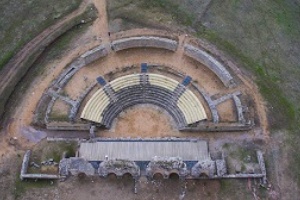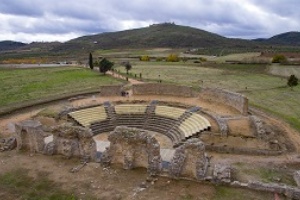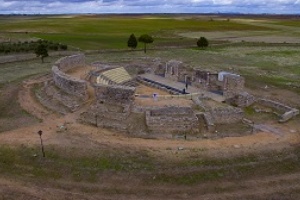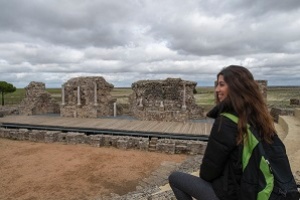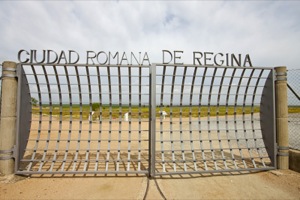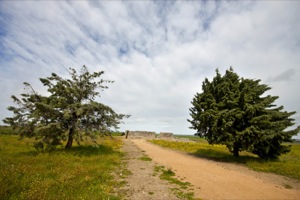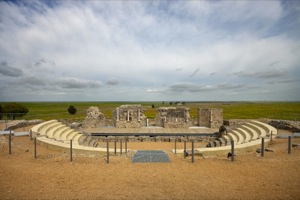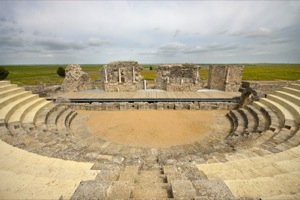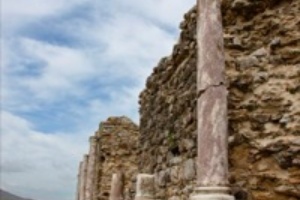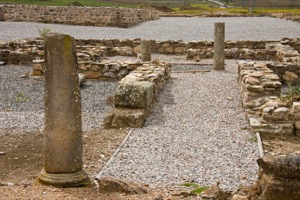Art and culture
Romana Town of Regina
The Roman past returns through the valuable Roman remains found on the outskirts of the village of Casas de Reina in the province of Badajoz.
- Explore
- Roman Town of Regina
A highly valuable historical enclave in terms of heritage
Location and Contact:
- Tel.:+34 924487768
- Tel.:+34 608258844
- Email: turismo@casasdereina.es
- Email: creina@dip-badajoz.es
- Website address: https://reginaturdulorum.com
- Facebook: https://www.facebook.com/museodereginaturdulorum
- Opening times
Tuesday to Sunday, except December 25th and January 1st: 10 am-5 pm.
Closed on Mondays.Access closure at 4:30 pm.
- Fee
Free.
-
The Roman past returns through the valuable Roman remains found on the outskirts of the village of Casas de Reina in the province of Badajoz.
The remains of the Roman town of Regina Turdulorum, found near the municipality of Casas de Reina in Badajoz province, form an extremely interesting ensemble, in a perfect state of preservation, with the forum and a 1st-century-AD theatre as its most remarkable features.
The Roman theatre was built in the age of the Flavian emperors, could seat one thousand spectators and was operational until the 4th century AD.
The restoration work carried out on the theatre enables one to see the original elements of this space, which was one of the most important of its kind in the Iberian Peninsula. As well as being used for the typical dramatic performances, other activities were also held here.
Meanwhile Regina's Roman forum preserves the foundations of some houses, civil buildings, porticoes and the odd remnants of paving or Roman road that transport you directly to this period of history. A porticoed templum with a small room dedicated to the worship of the emperor and the imperial house has also been recovered through different excavations, alongside which other buildings must have existed, such as the market and the basilica.
Also noteworthy is the high number of sewers that have been uncovered in the different digs, showing the impressive drainage system of this Roman town, which reached the regional road that links Llerena to Fuente del Arco, where the remains of some Roman villas have also been found.
-
- Origin:
-
- Romanisation (AD)
- 1st century BC
- Art period:
-
- Roman
- Period in history:
-
- 4th century
Gallery:
More suggestions
-
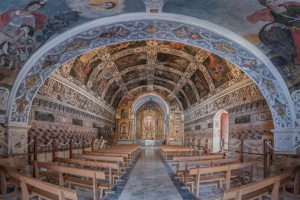
Chapel of Nuestra Señora del Ara
The structure and architecture of the chapel of Nuestra Señora del Ara has evolved over time since it was built in the 14th century, but it still preserves the essence of the Mudejar style.
-

Church of Nuestra Señora de la Granada
A religious monument built over an old Mudejar building. This unique building houses a fusion of architectural styles.
-
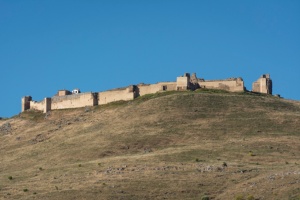
Reina Castle
Next to the town of Reina, this fortress was built by the Moslems and inherited by the Christians, becoming a part of the Order of Santiago.
-
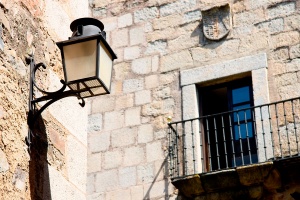
Trasierra
-
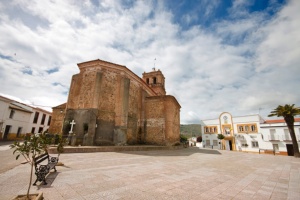
Casas de Reina
The Romans founded a city here that you can still visit today, its Regina Roman theatre taking pride of place among the attractions to be seen.
-
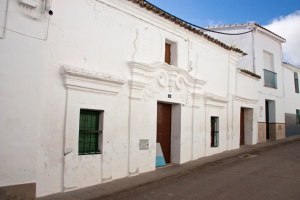
Fuente del Arco
The town of Fuente de Arco lies in the south of Extremadura in the foothills of the Sierra Morena mountains.
-

Reina
-
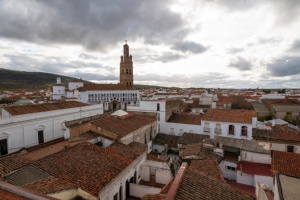
Llerena — an artistic centre
The importance of Llerena as a town attracted an endless flow of leading artists who enriched its heritage.
-

La Jayona Mine
Today, these former iron mines have become an ideal refuge for the area's wildlife and vegetation.
-
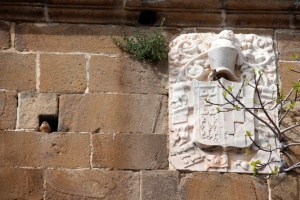
Colonias de Cernícalo Primilla de Llerena Special Protection Area (SPA) for Birds
The area attracts kestrels throughout the year, especially in the breeding season.

